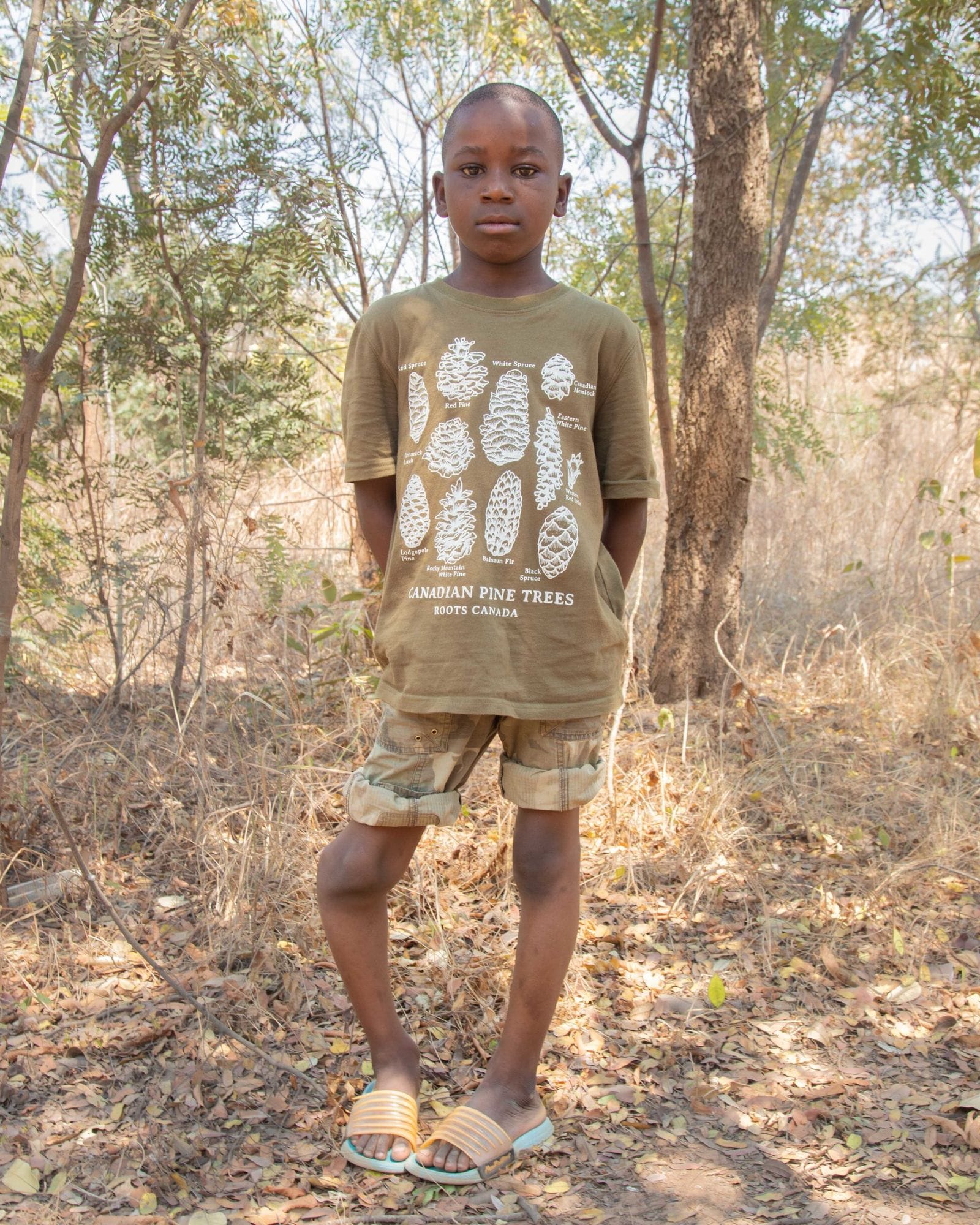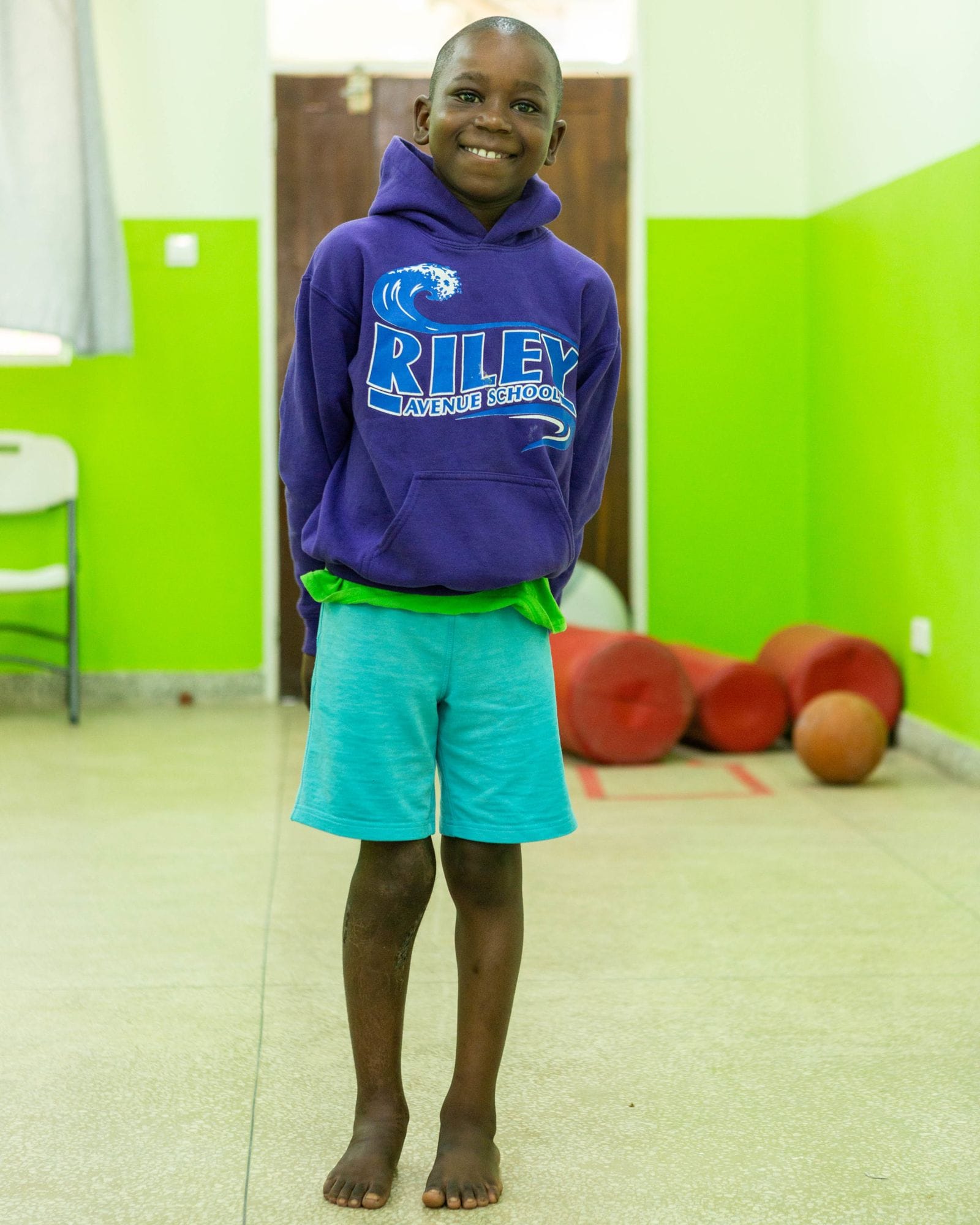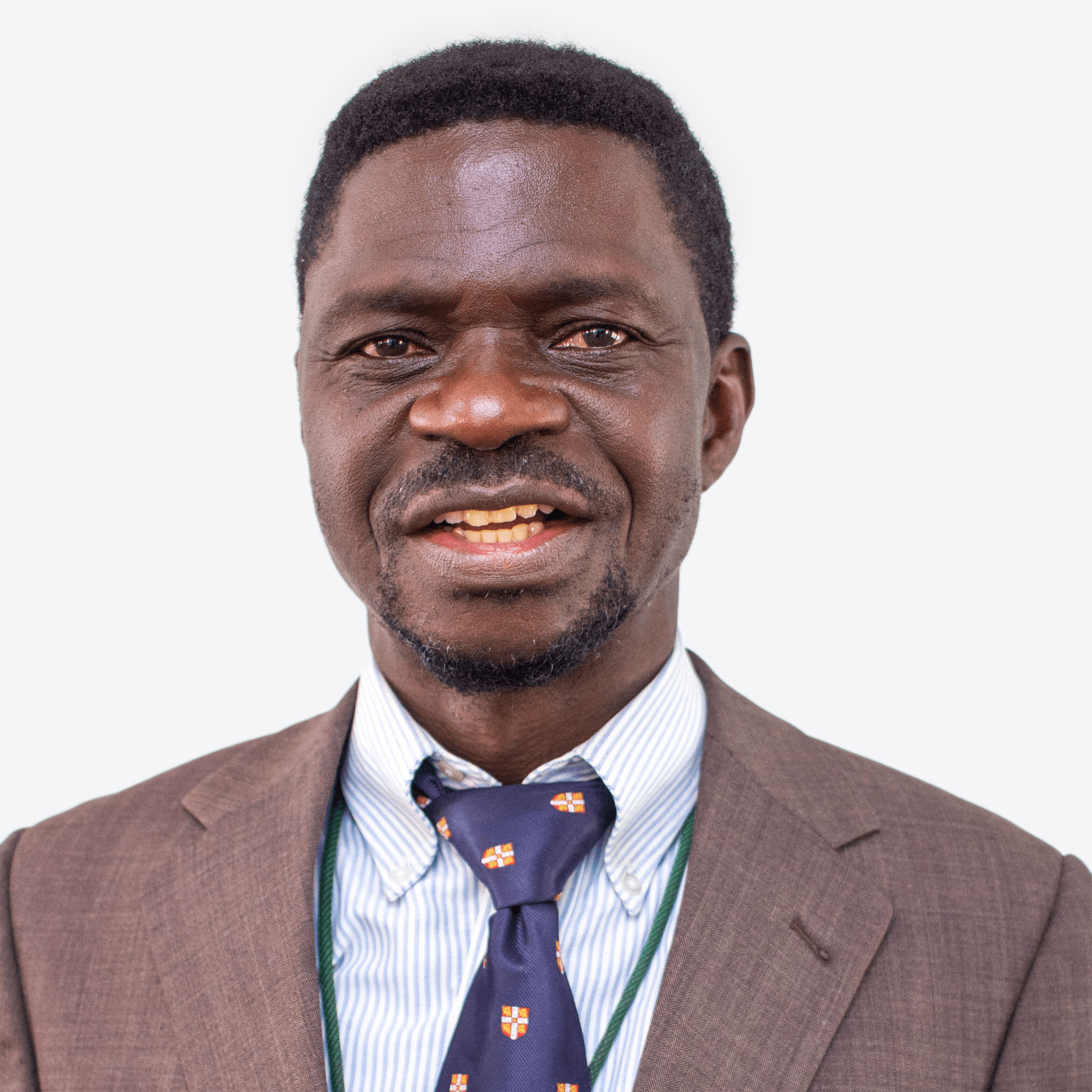Bowed Legs
Bowed legs is a condition characterized by legs that bend outwards around or below the knees, even when the ankles are together. It occurs when the growth plate near the inside of the knee slows down or stops making new bone while the growth plate near the outside continues to grow normally, giving a bowed appearance to the legs.

What issues do children with bowed legs face?
Without treatment, children with bowed legs may face long-term mobility problems.
Pain

Neglecting bowed legs leads to persistent bowing and, in later life, causes discomfort and pain in the hips, knees, and/or ankles because of abnormal joint stress.
Stigma and Discrimination

Children with bowed legs often experience stigma and discrimination, leading to poor self-confidence and isolation.
Missed Opportunities

Lack of mobility makes it hard for children to participate in community life, play with friends, or even consistently attend school.


CUREkid Spotlight, BOWED LEGS
Plasdus | CURE Zambia
Before Surgery
Plasdus was born with a bowed right leg, making it difficult for him to walk. In school, friends sometimes make fun of him. While his family initially feared that a hospital might make things worse, they listened to friends who assured them Plasdus would receive excellent care at CURE Zambia—at no cost to the family.
After Surgery
CURE Zambia’s surgical team successfully straightened Plasdus’s leg. And after much physical therapy and lots of loving care from CURE’s ministry team, Plasdus is walking into a bright future!

“Bowed legs seems just to affect the knee, but it will affect the whole body. So during a child’s growth, it involves both legs. As Plasdus (pictured above) limps, he has to bend his spine. The spine bends, affecting the sciatic nerve, which weakens the leg and can cause urinary tract infections and problems with the reproductive system. If the bowed leg is not treated, it will completely affect his lifestyle and he can become wheelchair bound.”
— Dr. Moyo, Orthopedic Surgeon at CURE Zambia and Plasdus’s surgeon



















